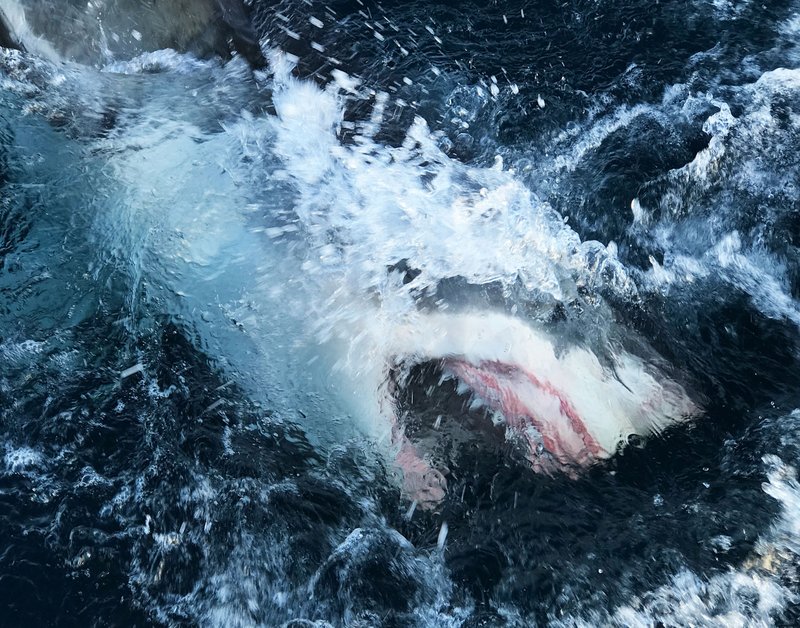Jay-Z’s Made In America festival canceled for the second year in a row
14 days ago

LOS ANGELES
The coronavirus pandemic forced people to stay put, but it gave sharks a travel passport and scientists a rare opportunity.
Ocean spots cleared of fishing boats and other intrusions by COVID-19 quarantines saw increased and even unusual marine life behavior - and Discovery Channel’s Shark Week jumped through hoops to capitalize on the brief window.
The 32nd annual slate of all things shark, airing for eight days beginning Sunday with a record two-dozen shows, includes a pair taped earlier this year during the lull.
“It really was a once-in-a-lifetime opportunity to study these sharks without the impacts of human activity,” said Howard Swartz, Discovery’s senior vice president for production and development.
It’s not just any toothy species under scrutiny by the two programs, but the one with a Steven Spielberg summer blockbuster on its resume.
“Sharks are the stars of Shark Week. The great whites are the stars of the sharks,” Swartz said. “They’re so captivating and they’re so beloved and interesting and, I think, mysterious to viewers, rightly so.”
“Shark Lockdown” (10 p.m. EDT Sunday) is set in New Zealand-area waters that are home to female great whites of such impressive length they’ve been dubbed “the 747s,” after the famously long jetliner.
The program features Kina Scollay, a founding member of New Zealand’s Great White Shark Research Project and a familiar face to Shark Week viewers, and Clarke Gayford, a broadcaster and the fiancé of New Zealand’s prime minister, Jacinda Ardern.
Their exploration of the Foveaux Strait, which separates New Zealand’s South and Stewart islands, brought them up against what Swartz called one of the “Holy Grail” shark mysteries: why females leave the area when their size indicates they’ve reached sexual maturity.
“They disappear and nobody’s really sure why they’re there and where they’ve gone,” said the journalism award-winning TV science producer (formerly with PBS’ “Nova”).
What Scollay and the team discovered was an unusual mix of male and female sharks, with some of the latter carrying fresh mating gashes that are on painful-looking display in the documentary.
That suggested the area was a mating ground absent human activity, a possibility that could lead to new safeguards for the great white population, Swartz said.
A similar revelation emerged in “Abandoned Waters” (8 p.m. EDT Monday), in which researchers were able to closely observe great whites near Australia’s Neptune Islands minus the usual fishing and tourism traffic.

- by Republica

- by Republica

- by Republica

Leave A Comment